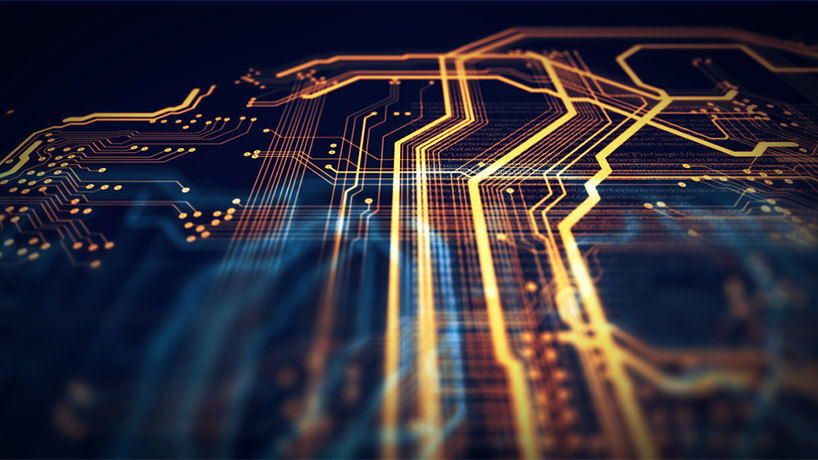Innovations ranging from proximity sensors to opinion mining made waves in the meetings industry this year.
By Jack Carter, Untangled
What are some of 2018’s biggest events industry tech innovations? Here’s a look at five trends that are helping planners do their jobs and helping to improve attendees’ experiences.
Proximity Sensors
Proximity sensors, which use technology to detect objects without physically touching them, are being used to innovate everything from event security to delegate check-ins. However, it is with attendee engagement that sensors are seen making the biggest impact, such as by increasing business opportunities for delegates by connecting them with one another through their smartphones.
“We integrated sensors into wearable tech that was linked to our event app,” said Vaibhav Jain, CEO of Hubilo, the India-based event management software company. “Everyone at the event had their own personal account on the app so when two attendees wearing the (tech) bands were in close proximity to each other, their details would automatically be noted in the app. They could then see details of all the attendees that they had connected with or were in proximity with during the event.”
Proximity sensors can also pair with apps like MoveShake to allow attendees to share virtual business cards in real time, or they can be installed in venue foyers to log delegate attendance during non-ticketed events.
RFID
Radio-frequency identification (RFID) is making cashless and paperless events possible. In particular, RFID tags, which contain electronically stored data, have revolutionised payment transactions during music festivals and other large-scale events as they allow attendees to tap and go.
At other types of events, speeding up the delegate experience is seen as key to generating better business opportunities and RFID has helped to eliminate queuing. It also is being used to improve event security. It can, for example, cut the use of fraudulent event tickets (as RFID devices are nearly impossible to replicate) and it can function as a “secure wallet,” allowing delegates to leave wallets and purses locked up in their hotel room. Adding cashless payment options, however, can require added event personnel to deal with glitches plus robust power and internet connections.
Opinion Mining
Artificial intelligence (AI) is continually being used in new ways to enhance business for both event planners and attendees.
“AI can benefit events in all sorts of ways,” said James Morgan, founder of Event Tech Lab. “For example, in the production stage, AI applications are being developed to provide a planner with more accurate results in venue searches based on their past search preferences and choices.”
Opinion mining is one use of AI that business events industry professionals saw emerging at the start of the year. Companies like IBM are now using it to track public social media posts or web comments to see what discussions and opinions are being formed around topics. Within minutes the technology can send an email to marketing teams, highlighting new customer behaviours and even offering ideas for new sales opportunities.
Looking ahead, opinion mining could be a game changer for the industry as it has the potential to quickly collect mass amounts of behavioural insights from delegates. That could help end the long and expensive process planners face as they try to gauge the success of an event.
Chatbots
Chatbots, which are frequently powered by AI, are another example of how machine intelligence is having an impact on the events industry. Chatbots, with their capability to deliver attendee support for events via a computer program that simulates human conversations, are proving that, if built well, they can be a time and money saver for organisers. They can, for example, answer attendee and exhibitor questions as well as communicate speaker information and collect feedback surveys post-event.
U.S.-based Sciensio has deployed its chatbot technology at more than 200 events so far, with a 94 percent correct response rate, according to founding partner, Robert Caldwell. “We deployed our bots at the BizBash (Live) Florida event in May 2017. ‘Betty’ the bot originally focused on answering logistical questions and addressed about 65 major content areas.”
“Betty has learned more every time she is deployed and now covers over 110 content areas that address over four million different attendee questions,” Caldwell added.
Projection Mapping
Projection mapping can turn an event space or the entire facade of a building into one big screen by using multiple projectors to stitch together still and moving visuals. It’s the ultimate creative tool for an event planner to create surreal and inspiring set designs that can, for example, make delegates feel like they’re in a “Game of Thrones” episode.
The potential to engage audiences with projection mapping is illustrated during Vivid Sydney. For that annual June festival, the sails of the Sydney Opera House come to life with stunning animations and bright colours.

